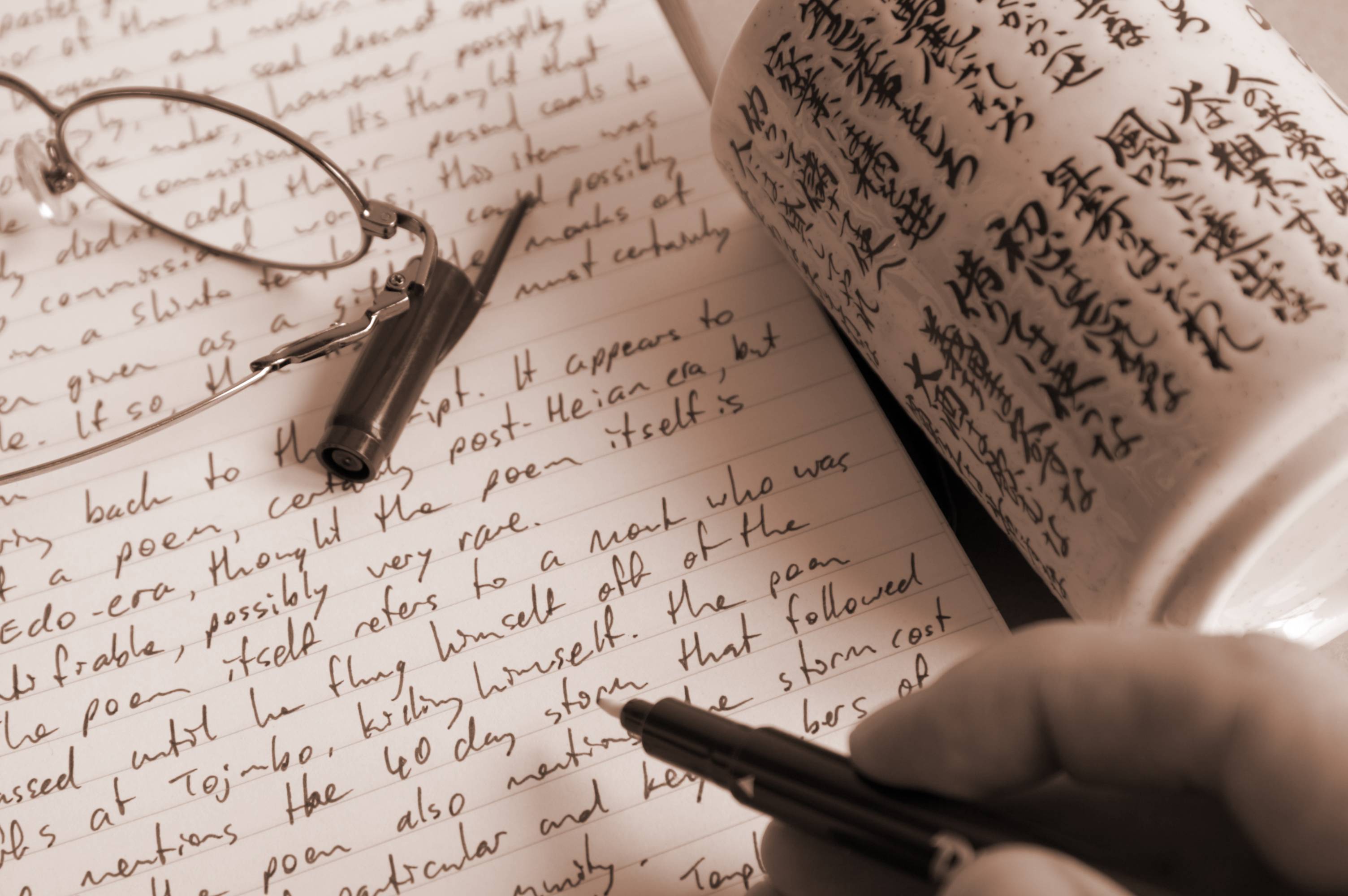During my senior year at university I took a two-semester course in Japanese 古文 (kobun, classical literature). Our class of four students struggled over excerpts from such famous works as "竹取物語" ("Taketori Monogatari," "The Tale of the Bamboo Cutter"), which was written in the late ninth or early 10th century; "源氏物語" ("Genji Monogatari," "The Tale of Genji"), written in the early 11th century; "方丈記" ("Hōjōki," "The Ten Foot Square Hut"), from the 13th century; and "徒然草" ("Tsurezuregusa," "Essays in Idleness") from the 14th century.
Among the course materials were two reference books: a 古語辞典 (kogo jiten, dictionary of ancient terms) and a 漢和辞典 (kanwa jiten, dictionary of kanji origins and idioms) that gave not only the readings and meanings of the kanji characters in use, but also their etymology.
It was my multilingual father who deserves credit for fostering my lifelong interest in such characters.


















With your current subscription plan you can comment on stories. However, before writing your first comment, please create a display name in the Profile section of your subscriber account page.